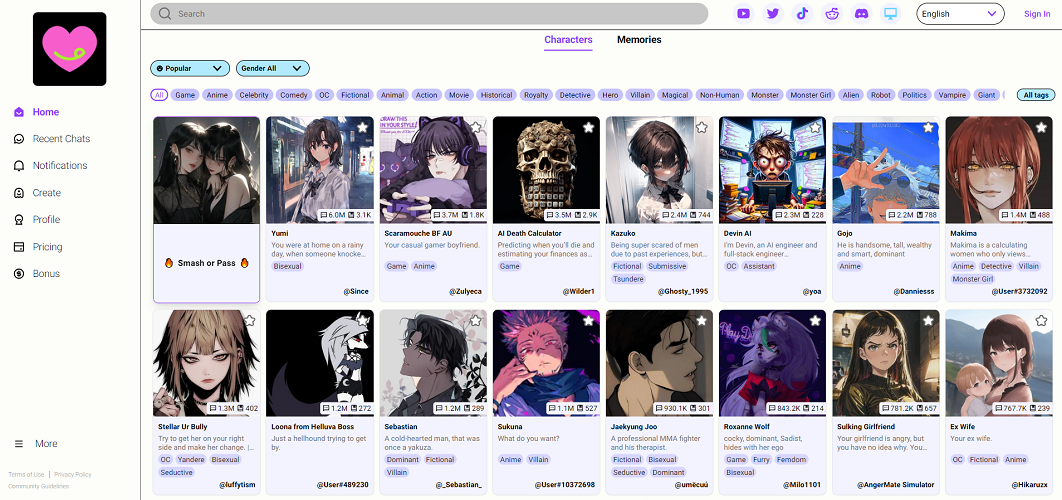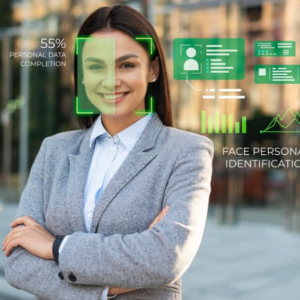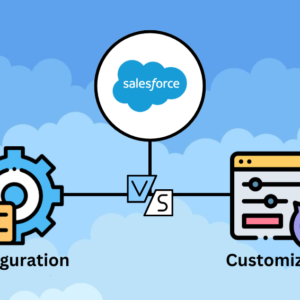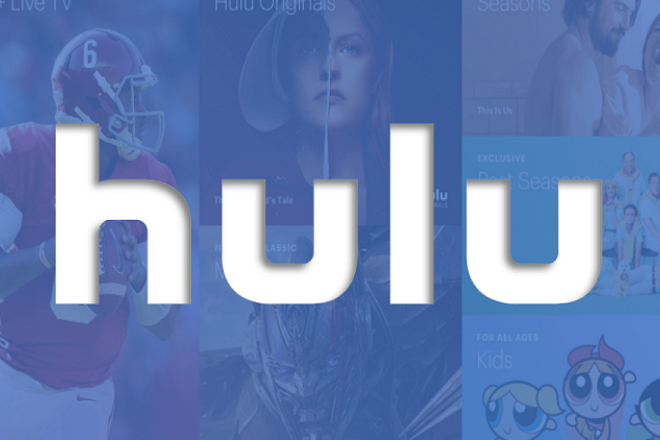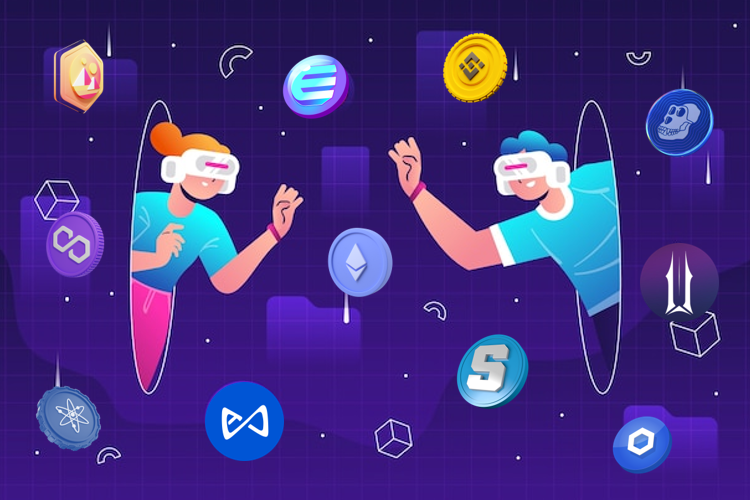In a world where every device is interconnected and every machine is intelligent, it’s easy to get lost in the jargon. But fear not, dear reader, for we’re here to unravel the mysteries of IoT and AI and help you understand their differences.
The Internet of Things (IoT) is a network of physical objects that are connected to the Internet and can exchange data. AI, or artificial intelligence, is the ability of machines to learn and make decisions without explicit human input. While the two terms may seem similar, they are quite different in terms of their purpose, data processing, and applications.
In this article, we’ll explore the differences between IoT and AI in detail, discuss how they work together, and predict what the future holds for these technologies. So sit back, relax, and get ready to have your mind blown by the fascinating world of IoT and AI!
What is IoT?
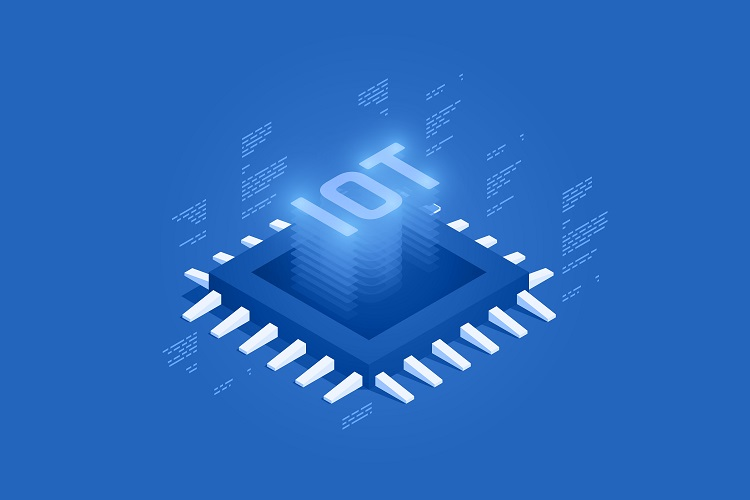
Alright, let’s talk about IoT, or the Internet of Things. It’s basically a fancy term for all the everyday devices that are connected to the internet, like smartwatches, thermostats, security cameras, and even cars. These devices have sensors and software that allow them to gather and share information with other devices and online platforms.
For example, your smart thermostat can monitor the temperature in your home and send that data to your phone, which lets you adjust the temperature remotely. Or, your fitness tracker can keep tabs on your exercise habits and send that data to an app, which provides insights into your health and fitness.
One of the coolest things about IoT is that it can automate tasks and make our lives more convenient. For instance, your smart home security system can automatically turn on the lights when you get home, or your fridge can order groceries when you’re running low on supplies.
IoT is also being used to improve safety and efficiency in industries like healthcare and transportation. Imagine a hospital where all the medical equipment is connected to the internet and can communicate with each other to provide real-time data and insights. Or, a self-driving car that can analyze traffic patterns and adjust its route accordingly.
Of course, with all this convenience comes some challenges, like privacy and security concerns. But overall, IoT is an exciting and rapidly evolving field that has the potential to make our lives easier and more connected than ever before.
What is AI?

Artificial Intelligence, or AI, is the ability of machines to perform tasks that typically require human intelligence, such as learning, problem-solving, and decision-making. AI systems are designed to simulate human cognitive processes and can be trained to recognize patterns in data, make predictions, and take actions based on that data.
There are different types of AI systems, including rule-based systems, machine learning systems, and deep learning systems. Rule-based systems follow a set of predefined rules to make decisions, while machine-learning systems use algorithms to learn from data and improve their performance over time. Deep learning systems are a subset of machine learning that use neural networks to process vast amounts of data and improve their accuracy.
AI is already being used in many areas of our lives, from virtual assistants like Siri and Alexa to self-driving cars and personalized marketing campaigns. AI can also help businesses streamline their operations and reduce costs by automating tasks and improving decision-making.
However, there are also concerns about the potential negative consequences of AI, such as job displacement and bias in decision-making. As AI continues to evolve, it’s important to carefully consider its ethical implications and ensure that it benefits society as a whole.
AI is a powerful tool that has the potential to transform many aspects of our lives. By understanding its capabilities and limitations, we can better harness its potential to create a better future for all.
Differences Between IoT and AI
Although IoT and AI are often used interchangeably, they are actually two distinct technologies that serve different purposes and have different applications. Here are some key differences between IoT and AI:
1. Purpose
The main purpose of IoT is to connect devices and collect data. IoT devices are equipped with sensors that collect information about the physical world, such as temperature, humidity, and movement. This data is then transmitted to other devices or online platforms for analysis and decision-making.
In contrast, the main purpose of AI is to analyze data and make decisions based on that data. AI systems use advanced algorithms and computing power to process large amounts of data and generate insights that can be used to make informed decisions.
2. Data Sources
IoT devices gather data from the physical world. For example, a smart thermostat might collect data on the temperature and humidity in a room, or a fitness tracker might collect data on the wearer’s heart rate and exercise habits.
In contrast, AI systems rely on data that has already been collected. This might include data on customer behavior, financial transactions, or social media interactions. AI systems use this data to identify patterns and generate insights that can be used to make decisions.
3. Complexity
IoT devices can be relatively simple. Many IoT devices are designed for consumer use and are easy to set up and operate. However, AI systems are complex and require advanced algorithms and computing power to function.
Deep learning, a subset of AI, requires vast amounts of data to train neural networks, which can take weeks or even months to process. Additionally, AI systems require continuous updates and maintenance to ensure their accuracy and performance.
4. Application
IoT is often used in industries like healthcare, manufacturing, and transportation to improve efficiency and safety. For example, IoT devices can be used to monitor patients’ vital signs in real-time, detect potential equipment failures in factories, and optimize traffic flow on busy roads.
On the other hand, AI is used in areas like finance, marketing, and customer service to automate tasks and provide insights. For example, AI can be used to detect fraudulent transactions in real-time, personalize marketing campaigns based on customer behavior, and provide automated customer support through chatbots.
5. Data Privacy and Security
IoT devices can pose a security risk if they are not properly secured. For example, hackers could potentially gain access to sensitive information or take control of IoT devices to cause physical harm.
AI systems can also pose a risk to data privacy if they are not properly secured. AI systems can collect and analyze vast amounts of personal data, which could be used for malicious purposes if it falls into the wrong hands.
6. Real-Time Capabilities
IoT devices are designed to provide real-time data, making them ideal for monitoring and controlling physical systems. For example, a smart irrigation system might use IoT sensors to monitor soil moisture levels and automatically adjust watering schedules in real-time.
AI systems, on the other hand, may not be able to provide real-time insights due to the time required for data analysis.
7. Human Interaction
IoT devices are designed to interact with physical systems, while AI systems are designed to interact with humans. For example, an IoT device might automatically adjust the temperature in a room based on data from a sensor, while an AI system might provide personalized product recommendations to a customer based on their purchase history.
IoT and AI are two distinct technologies that have different purposes, data sources, complexity, and applications. While both technologies have the potential to transform the way we live and work, it’s important to understand their differences in order to leverage their unique capabilities and benefits.
Future of IoT and AI
As IoT and AI continue to evolve, their applications and potential continue to grow. Here are some of the ways that IoT and AI are likely to shape the future:
1. Improved Efficiency and Productivity
One of the main benefits of IoT and AI is their ability to improve efficiency and productivity. As more devices become connected, and more data is collected and analyzed, businesses and organizations can gain valuable insights into how their systems and processes are performing.
This data can be used to optimize workflows, reduce waste, and improve overall efficiency. For example, smart factories can use IoT sensors and AI-powered analytics to optimize production lines and reduce downtime, leading to significant cost savings.
2. Enhanced Personalization
Another key benefit of IoT and AI is their ability to provide personalized experiences for users. By analyzing data on individual preferences and behaviors, businesses can tailor their products and services to meet the unique needs of each customer.
For example, smart home devices can learn users’ habits and preferences over time and automatically adjust settings accordingly, while AI-powered chatbots can provide personalized customer support based on previous interactions.
3. Improved Safety and Security
IoT and AI also have the potential to improve safety and security in a variety of industries. For example, smart cities can use IoT sensors and AI-powered analytics to monitor traffic flow and identify potential safety hazards in real-time.
Similarly, healthcare organizations can use IoT devices to monitor patients’ vital signs and detect potential health issues before they become serious.
4. Increased Automation
One of the most significant impacts of IoT and AI is their ability to automate tasks and processes. This can lead to significant time and cost savings for businesses and organizations.
For example, automated manufacturing processes can reduce the need for human labor, while AI-powered chatbots can handle customer support inquiries without the need for human intervention.
5. Ethical and Social Implications
As IoT and AI become more pervasive in our lives, there are also important ethical and social implications to consider. For example, there are concerns about the impact of automation on employment and the potential for AI to reinforce bias and discrimination.
There are also concerns about the collection and use of personal data by IoT devices and AI systems. As these technologies continue to evolve, it will be important to address these ethical and social issues to ensure that they are used in a responsible and equitable manner.
6. Integration with Other Technologies
IoT and AI are also likely to become increasingly integrated with other technologies, such as blockchain and edge computing. For example, blockchain can be used to secure IoT devices and data, while edge computing can enable real-time processing of IoT data without the need for cloud connectivity. These integrations can enhance the capabilities of IoT and AI and open up new opportunities for innovation and growth.
The future of IoT and AI is full of possibilities. As these technologies continue to evolve and become more sophisticated, they will undoubtedly transform the way we live and work.
However, it’s important to be aware of the potential ethical and social implications of these technologies and to use them in a responsible and equitable manner. By doing so, we can ensure that the future of IoT and AI is bright and full of promise.
Conclusion
It’s clear that while IoT and AI are often used interchangeably, they are distinct technologies with different applications and capabilities. IoT refers to the network of connected devices and the data they generate, while AI refers to the ability of machines to learn from data and make decisions based on that learning.
Despite their differences, IoT and AI are both important technologies that are likely to shape the future in significant ways. They have the potential to improve efficiency and productivity, enhance personalization, improve safety and security, increase automation, and enable new integrations with other technologies.
However, there are also important ethical and social implications to consider as these technologies continue to evolve. It’s important to ensure that they are used in a responsible and equitable manner to avoid reinforcing biases and discrimination, protect personal data, and mitigate potential negative impacts on employment and society as a whole.
The future of IoT and AI is full of possibilities, and it will be exciting to see how these technologies continue to evolve and transform the world around us. As we embrace these technologies, it’s important to approach them with a thoughtful and responsible mindset to ensure that we maximize their potential while minimizing potential negative impacts.

